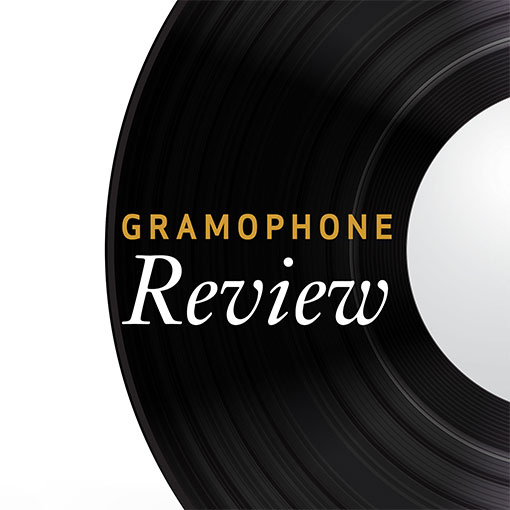Françaix plays Françaix
View record and artist detailsRecord and Artist Details
Composer or Director: Jean Françaix
Label: Wergo
Magazine Review Date: 1/1992
Media Format: CD or Download
Media Runtime: 56
Mastering:
ADD
Catalogue Number: WER6087-2

Tracks:
| Composition | Artist Credit |
|---|---|
| Concerto for Two Pianos and Orchestra |
Jean Françaix, Composer
Claude Françaix, Piano Jean Françaix, Composer Jean Françaix, Piano Pierre Stoll, Conductor South West German Radio Symphony Orchestra |
| Variations sur un thème plaisant |
Jean Françaix, Composer
Jean Françaix, Piano Jean Françaix, Composer Klaus Rainer Schöll, Conductor Mainz Wind Ensemble |
| (5) Portraits de jeunes filles |
Jean Françaix, Composer
Jean Françaix, Composer Jean Françaix, Piano |
Author: Lionel Salter
You may well feel like invoking the Trade Descriptions Act when Wergo blandly announce, on the sleeve, ''Detailed information enclosed'', since the booklet contains nothing but an utterly empty and useless note by the composer: not even the titles of the five young girls' portraits are given. (In fact the girls are, in succession, capricious, tender, pretentious, pensive and modern.) Francaix does say one thing, that ''supporters and adversaries alike'' find it possible to identify his music from the very first bar. That is certainly true for the solo piano pieces here and the Two-piano Concerto, even though they are separated by 30 years: Francaix's ice-cream-soda music—expertly concocted froth and bubble, superficially agreeable but without substance—with its determined brightness is reminiscent of the early gamin Poulenc.
The Portraits, played by the composer with great delicacy and neatness in a dry acoustic, are very acceptable (for those who care about such details, he changes the bass notes in the last two lines of ''La tendre''); but the Concerto—its 28:3/4 minutes presented without any intermediate cues though it falls into distinct sections—would be a lot more enjoyable if it were only half as long, or less. The violins start uncertainly in the high register, but thereafter the orchestral playing is satisfactory, and the composer and his daughter sparkle. The best playing and recording, however, occur in the most recent (1976) work, the Variations on a theme that is ingenuous but shapeless, and frankly of so little intrinsic interest that the composer's undeniable skill fails to impress as it should.'
The Portraits, played by the composer with great delicacy and neatness in a dry acoustic, are very acceptable (for those who care about such details, he changes the bass notes in the last two lines of ''La tendre''); but the Concerto—its 28:3/4 minutes presented without any intermediate cues though it falls into distinct sections—would be a lot more enjoyable if it were only half as long, or less. The violins start uncertainly in the high register, but thereafter the orchestral playing is satisfactory, and the composer and his daughter sparkle. The best playing and recording, however, occur in the most recent (1976) work, the Variations on a theme that is ingenuous but shapeless, and frankly of so little intrinsic interest that the composer's undeniable skill fails to impress as it should.'
Discover the world's largest classical music catalogue with Presto Music.

Gramophone Digital Club
- Digital Edition
- Digital Archive
- Reviews Database
- Full website access
From £8.75 / month
Subscribe
Gramophone Full Club
- Print Edition
- Digital Edition
- Digital Archive
- Reviews Database
- Full website access
From £11.00 / month
Subscribe
If you are a library, university or other organisation that would be interested in an institutional subscription to Gramophone please click here for further information.





